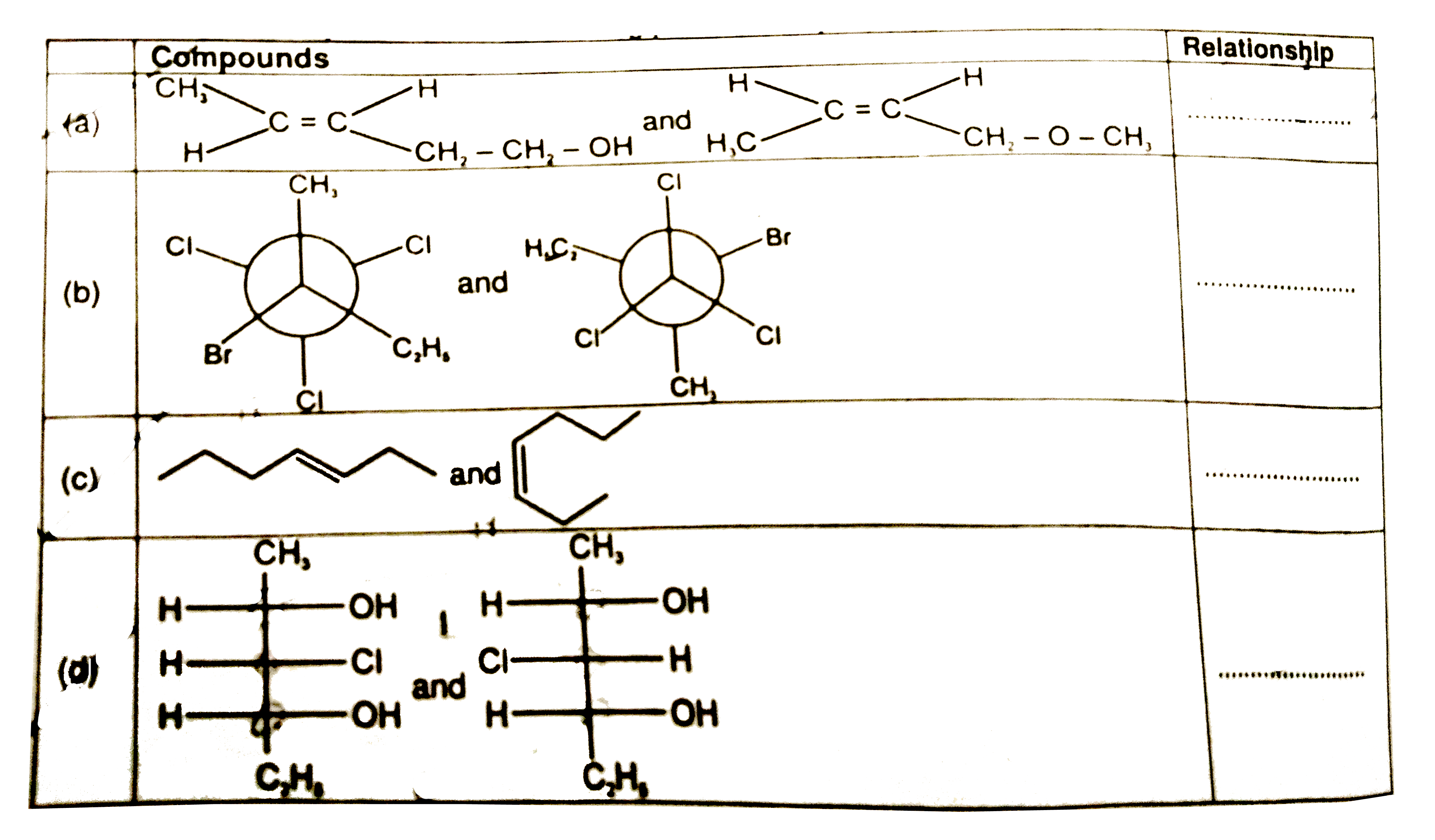Give the differences between the following
Simple and Compound leaves
Differences Between Simple and Compound Leaves
1. Structure of the Leaf Blade:
- Simple Leaves: In simple leaves, the leaf blade (lamina) is undivided and does not have any branching. The blade is a single piece that connects directly to the petiole.
- Compound Leaves: In compound leaves, the leaf blade is divided into multiple leaflets. Each leaflet is a separate part but all are attached to a single petiole.
2. Presence of Buds:
- Simple Leaves: The bud is located at the base of the petiole, which is the stem part that connects the leaf to the plant.
- Compound Leaves: The bud is also located at the base of the petiole, but there are no buds present at the base of the individual leaflets.
3. Examples:
- Simple Leaves: Common examples of plants with simple leaves include mango and banana.
- Compound Leaves: Common examples of plants with compound leaves include rose and neem.
Summary of Differences:
- Simple leaves have an undivided blade, while compound leaves have a divided blade with multiple leaflets.
- Buds are present at the petiole in both types, but compound leaves do not have buds at the leaflets.
- Examples of simple leaves are mango and banana, while examples of compound leaves are rose and neem.
---
- Simple Leaves: In simple leaves, the leaf blade (lamina) is undivided and does not have any branching. The blade is a single piece that connects directly to the petiole.
- Compound Leaves: In compound leaves, the leaf blade is divided into multiple leaflets. Each leaflet is a separate part but all are attached to a single petiole.
- Simple Leaves: The bud is located at the base of the petiole, which is the stem part that connects the leaf to the plant.
- Compound Leaves: The bud is also located at the base of the petiole, but there are no buds present at the base of the individual leaflets.
- Simple Leaves: Common examples of plants with simple leaves include mango and banana.
- Compound Leaves: Common examples of plants with compound leaves include rose and neem.
- Simple leaves have an undivided blade, while compound leaves have a divided blade with multiple leaflets.
- Buds are present at the petiole in both types, but compound leaves do not have buds at the leaflets.
- Examples of simple leaves are mango and banana, while examples of compound leaves are rose and neem.
Topper's Solved these Questions
- STRUCTURE AND FUNCTIONS OF PLANT PARTSBOOK - BETOPPERSCHAPTER - STRUCTURE AND FUNCTIONS OF PLANT PARTSEXERCISE - SUMMATIVE WORKSHEET (ODD ONE OUT)
5 Videos
- STRUCTURE AND FUNCTIONS OF PLANT PARTSBOOK - BETOPPERSCHAPTER - STRUCTURE AND FUNCTIONS OF PLANT PARTSEXERCISE - SUMMATIVE WORKSHEET (TRUE OR FALSE)
14 Videos
- SOILBOOK - BETOPPERSCHAPTER - SOILEXERCISE - SUMMATIVE WORKSHEET
14 Videos
Similar Questions
Knowledge Check
What will be the difference between the simple inerest and compound interest accrued on an amount of Rs. 12000 at the end of 3 years @ 10 p.a. ?
ARs. 276BRs. 372CRs. 272DRs. 324What will be the difference between the simple interest and compound interest of Rs 4400 for 2 years at 5% per annum?
ARs 55BRs 507CRs 403DRs 11What is the difference between the simple and compound interest on ₹7,300/- at the rate of 6 p.c.p.a in 2 years?
A₹29.37/-B₹26.28/-C₹31.41/-D₹21.34/-
What is the difference between simple leaf and compound leaf ?
View SolutionFind the difference between the simple and compound interest on Rs. 8000 for 3 years at 5 percent.
View SolutionFind the difference between the simple interest and the compound interest on Rs 5000 for 2 years at 9% per annum.
View SolutionFind the difference between the simple interest and the compound interest on Rs. 15000 at 12% per annum for 2 years (in Rs. ).
View SolutionIn how many years can a simple interest of 6570 be obtained on an amount of 36500?
I. The rate of simple interest is 6% per annum.
II. The difference between the simple interest and compound interest is 402.084
View Solution

